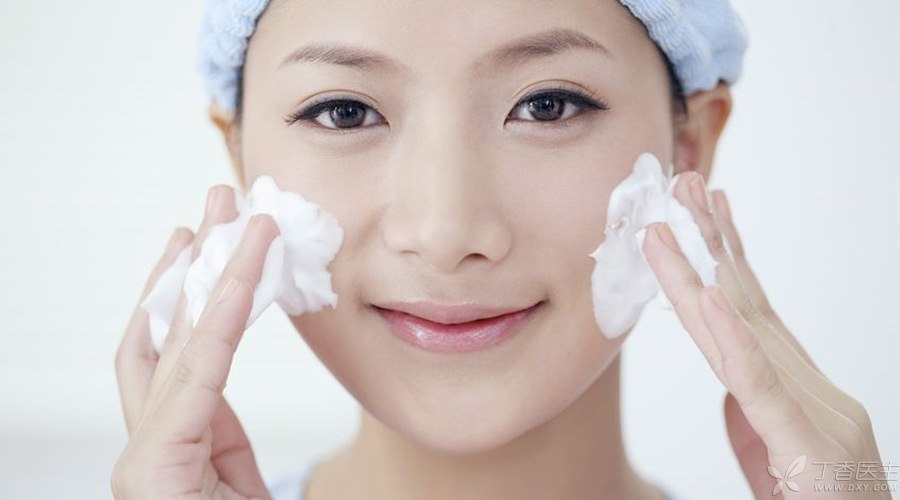
No one will feel that they cannot wash their faces, but in the face of all kinds of cleansing products, no one can be 100% sure that what they choose must be the most suitable for them.
Now, there are more and more kinds of cleansing products, from cleansing soap and cleansing milk to cleansing flour, cleansing balls and so on, and the prices also range from more than a dozen pieces to nearly 1,000 yuan each, so:
What is the difference between different cleansing products? As an ordinary consumer, how to choose a suitable cleansing product?
Today, Dr. Clove invited a professional cosmetic formulator to take everyone to know these cleansing products he uses every day from the perspective of ingredients.
What is the difference between cleansing products?
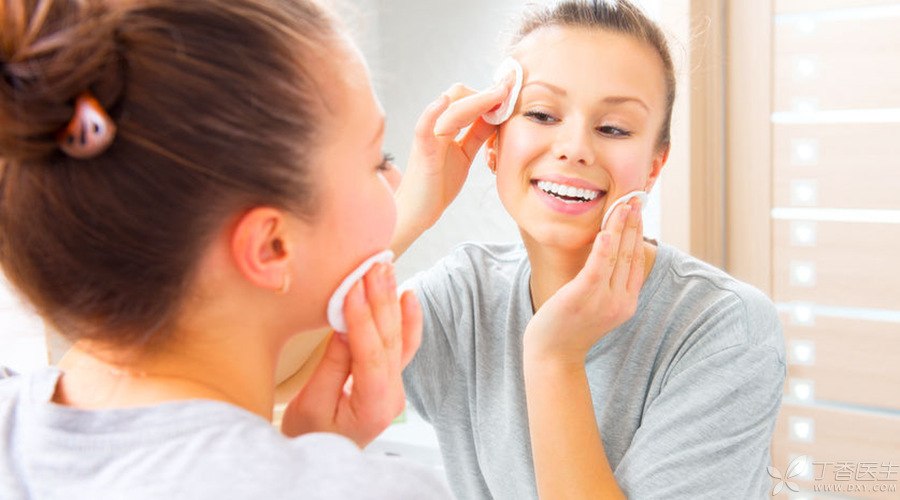
The most fundamental difference between cleansing products is not the efficacy, fragrance type or target group, but the actual cleaning principle. According to the cleaning formula, cleaning products can be divided into three categories:
1. Saponified products
Products based on fatty acid + alkali, such as soap products, facial cleansing products and powdery cleaning products.
This kind of product is easy to identify because they basically use two main ingredients: Sodium hydroxide; NaOH or Potassium hydroxide; KOH). As long as you see one of them on the ingredient list, it is saponified product.
The advantage of this kind of products is that they have strong cleaning power, but the skin will feel dry after washing.
2. Synthetic products
This kind of products is made by directly adding synthetic anionic surfactant. There are many kinds of products, such as soap, facial cleansing products, powdery cleaning products, baby cleaning products, bath products or shampoo products, etc.
The main cleaning ingredients used in this type of products are various synthetic surfactants. There are many kinds of such ingredients, the common ones are as follows:
Sodium lauryl sulfate, Sodium Laureth sulfate, Sodium cocoyl glutamate, Sodium lauroyl glutamate, Potassium cocoyl glutamate, glucoside, and the like.
Generally speaking, such products will feel smooth after washing, but some people will feel as if they cannot be washed clean.
3. Synthetic-saponification compound product
This kind of product is the combination of the first two, so the common cleaning ingredients illustrated in the first two items will be included in the formula at the same time.
This formula design can have the refreshing feeling of saponified products after washing, and will not have the feeling of being greasy and unclean.
With the progress of science and technology, there are also some new products in recent years, but these three types already cover most facial cleansing products.
Of course, as a consumer, you must ask:
Which formula suits me?
If your skin is healthy, then the above three types of products can complete the cleaning effect, as long as you choose the products that meet your preferences.
As for whether there are more or less bubbles when washing face, whether cleaning face is used by men or women, and whether the price is cheap, in fact, we don’t need to care too much.
It should be noted that ordinary saponified soap is not suitable for people with skin problems, such as skin sensitivity, acne, dermatitis or sunburn and frostbite, because its ability to remove grease is too strong.
However, what is more important is: once the skin is abnormal, stop using all products and go to a professional dermatologist for diagnosis and treatment.
At such times, don’t run to buy cleaning products that claim to treat dermatitis or acne. Facial cleansing products will not have much therapeutic effect, nor will they be helpful for skin recovery.
Some people have to ask again, then why are the prices of different products much different and the feeling of using them very different?
Choose facial cleaning, but also see what?
This is because, in addition to cleaning ingredients and fragrance types, cosmetic formulators will also add some ingredients to the formula, such as fat protector and humectant, and even add some plant extract to relieve, so as to reduce the irritation of the product and improve the moisturizing effect.
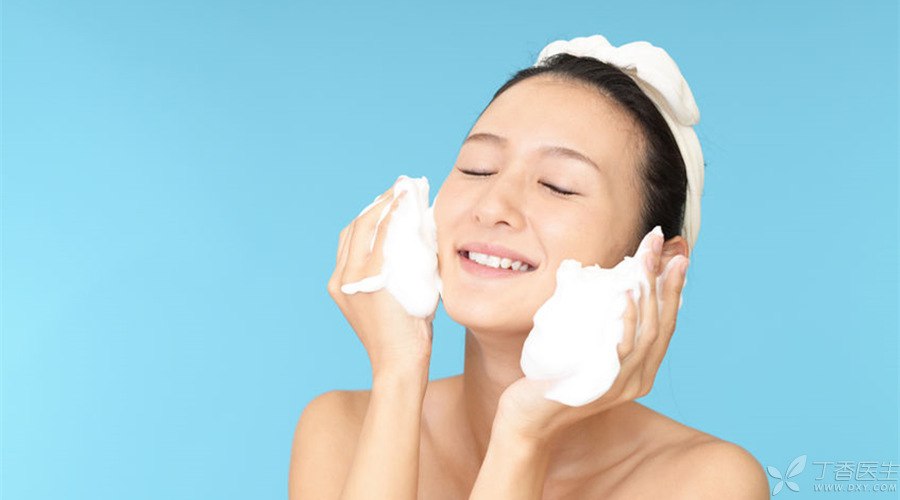
Moisturizing ingredients and grease protectors in common cleaning products include:
1. Polyol
It is said that polyols may not be understood by everyone at the moment. Is that what? But when it comes to glycerin, I think everyone will suddenly realize. There are many kinds of ingredients in this type. Their common characteristic is hydrophilicity, which has a good moisturizing effect on skin and can reduce the irritation of cleaning ingredients to skin.
Common components are: glycerin (Glycerin), 1, 3 Butylene Glycol (1, 3 Butylene Glycol) or sorbitol (Sorbitol).
Step 2: Grease
Add a little grease to the formula of the cleaning product to help reduce the cleaning power and irritation. In addition, these ingredients can also stay on the skin to avoid evaporation and loss of skin moisture and play a certain moisturizing role.
The common components are: Cetyl Alcohol, Phytosteryl, Olive Oil PEG-7 Esters, Coco-Glucoside & Glyceryl Oleate, etc.
3. Sugar
The sugar here is not the sugar we usually eat, but polysaccharides. Adding polysaccharides to cleaning products can not only make the foam more detailed, but also reduce the irritation of cleaning agents and make the skin feel more comfortable.
Glycosyl Trehalose/Hydrogenated Starch Hydrolysate, Beta-Glucan and various plant polysaccharides are the most common components of the plant, such as Glycosyl Trehalose/Hydrogenated Starch Hydrolysate, Beta-Glucan, Glucose, Glucose, Glucose, Glucose, Glucose, Glucose, Glucose, Glucose, Glucose and Glucose.
4. Plant extract
Add plant extract to cleaning products as a soothing ingredient. But honestly speaking, the effect of adding these is not serious, and the significance of advertising is greater than the essence.
These ingredients are the biggest reason why you feel different after washing your face.
After all, washing a face is only a cleaning process. These ingredients cannot stay on the face, so no matter how beautiful the feeling is, it can only last for about one minute. The specific choice of which one to use depends on one’s own feelings.
Attention should be paid when cleaning
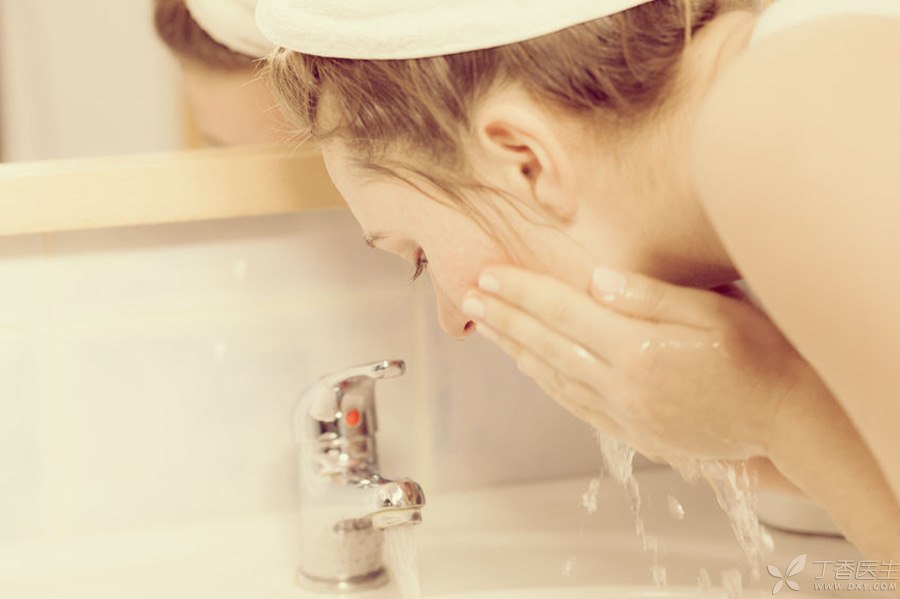
Step 1 Don’t take too long to clean
Some products will suggest that you can massage your face for a few minutes after washing your face, and publicize that it can [deeply clean]. In fact, this practice is very harmful to your skin.
All cleaning products have high sebum removal efficiency. If they stay on the face for too long, they will interact with the stratum corneum and even affect the stratum corneum. Damage to the stratum corneum will cause part of the stratum corneum to fall off, making the skin worse and worse or even inflamed.
If it is not necessary to remove residual makeup or some dirt that is difficult to remove, it is recommended to wash it quickly within one minute and rinse it with a large amount of clear water.
Step 2 Don’t do it too often
Some people with oily skin will feel greasy and uncomfortable on their faces in summer, so they wash their faces frequently. In fact, such excessive cleaning will also affect and destroy the stratum corneum, and will also make the skin condition worse and worse.
Wash your face as little as possible, twice in the morning and evening. If you really feel uncomfortable, it is recommended to use wiping to absorb more sebum, and of course you can also properly match with oil control products.
3. Use products containing particles with caution
The stratum corneum plays a role in protecting the skin. If frosted particles are used to destroy the wear, it is very likely that the stratum corneum itself cannot maintain normal. How can there be a chance to protect the skin?
More importantly, there are too many kinds of particles added to the commercially available frosted products, such as plastic particles, plant nuclei and surgery, salts, and various other artificial materials.
These materials are not bad, but they are very different from each other. They are rashly used on the face and other skin. In case of what injury, it is more difficult to recover them.
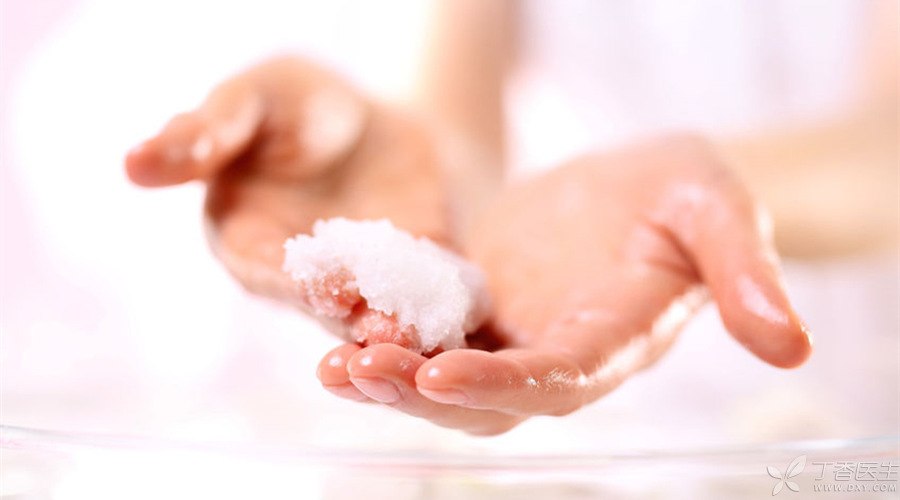
The purpose of washing a face is to do a good job of cleaning. From this perspective, we all wash our faces. Therefore, don’t worry because you have heard too many theories, and don’t rub your skin carelessly because you believe some theories, or use goods indiscriminately, or prolong your washing time. This is all abuse of your skin.
At the same time, don’t have excessive fantasy and expectation. Washing face can only play a role in cleaning. No matter how expensive or good the products are, they will basically not have whitening, anti-wrinkle or acne removal effects. These things, or to skin care products and ointment to do it.
